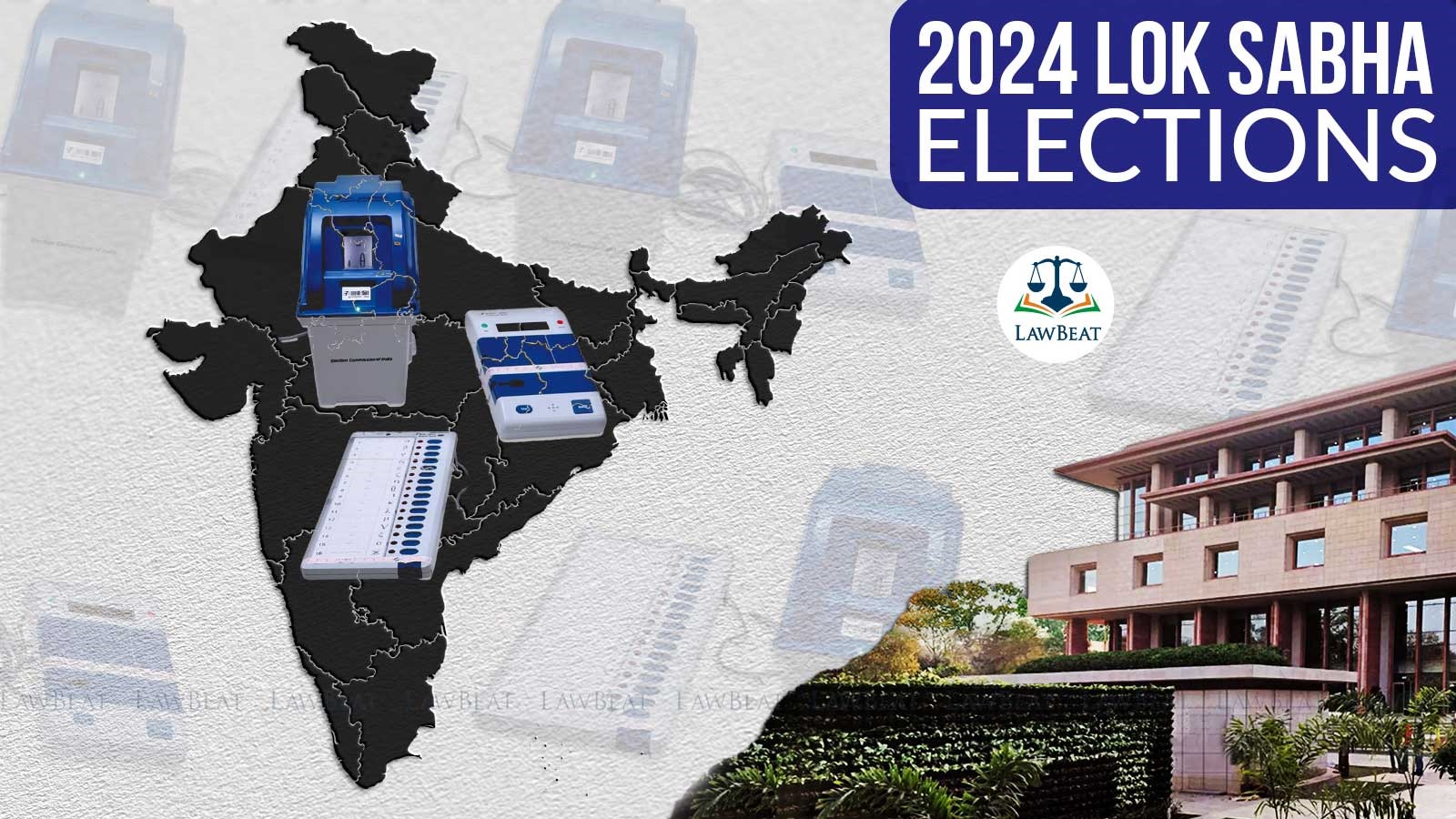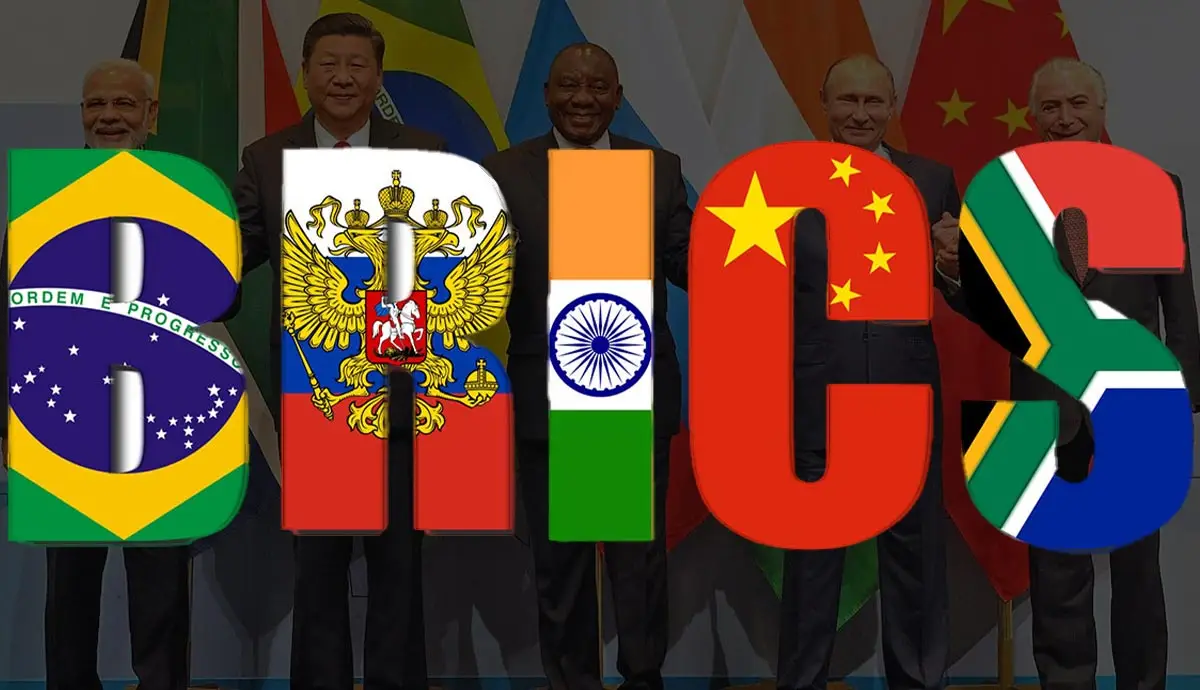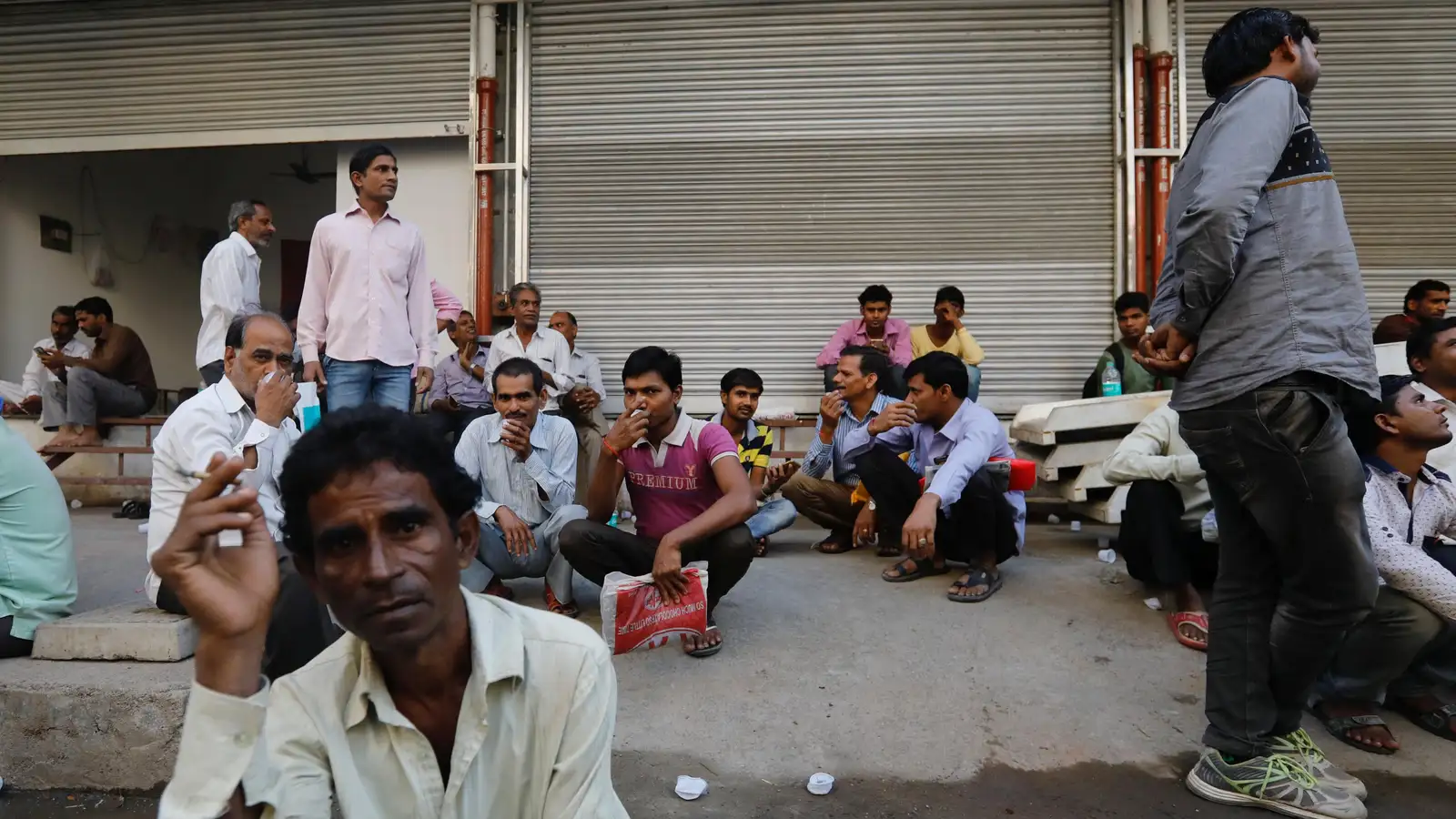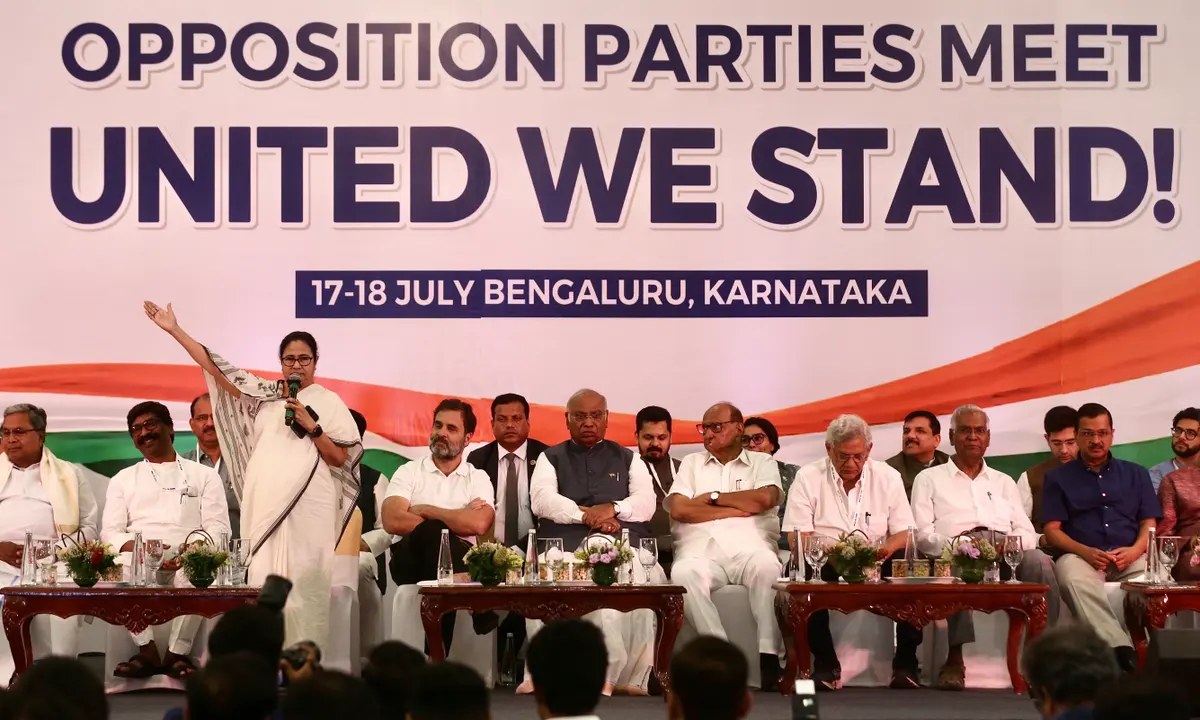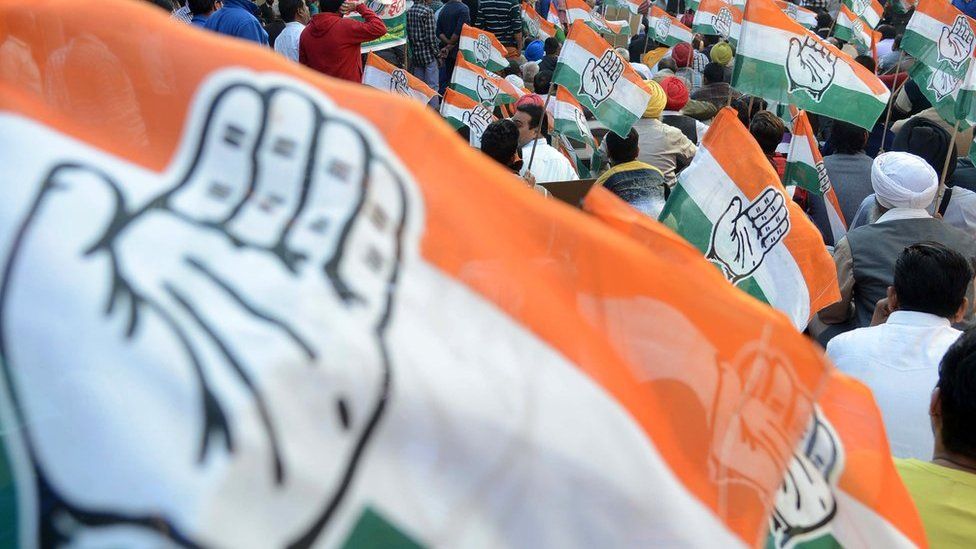The recent state assembly elections in the Hindi heartland have proven to be a watershed moment, as the Bharatiya Janata Party (BJP) clinched victories in Madhya Pradesh, Rajasthan, and Chhattisgarh, reversing the trend seen five years ago. This significant political turnaround holds crucial implications not only for the respective states but also for national politics, with many viewing it as a potential precursor to the 2024 Lok Sabha elections.
Analysing the Key Trends and Implications:
Intense Desire to Win:
The resounding victory of the BJP reflected an unmistakable zeal and determination to secure victory. In contrast, the principal opponent, the Congress, seemed to lack the same level of intensity. This contrast was particularly evident in Madhya Pradesh, where the BJP strategically factored in the fatigue factor in its electoral strategy.
Strategic Planning and Response:
A critical factor contributing to the BJP’s success was its well-crafted strategy, which not only set the agenda but also adeptly responded to every move made by the opponent. The decision to leverage central leadership alongside collective leadership at the state level played a pivotal role. This strategic choice not only left the leadership question open but also allowed for the creation of a rainbow social coalition.
The inclusion of Union Ministers and Members of Parliament in the electoral fray served multiple purposes. It not only showcased a diverse social coalition but also highlighted the clear stamp of authority of the central leadership. This approach proved effective in managing factionalism at the state level, ensuring a united front against the Congress.
Anticipation and quick response:
The BJP consistently demonstrated an ability to stay one step ahead of its rival, often anticipating actions and responding promptly. In Madhya Pradesh, where anti-incumbency sentiments were palpable, the Congress revealed its strategy prematurely, allowing the BJP to counteract effectively. A similar approach was observed in Rajasthan and Chhattisgarh, where the BJP efficiently countered the ruling party’s narrative before the end of the campaign.
Building a Rainbow Social Coalition:
While the Congress focused on a caste-based approach, the BJP concentrated on creating a rainbow social coalition, encompassing diverse segments of society. Unlike the Congress, which centred its campaign around personalities, the BJP’s collective leadership at the state level prevented internal conflicts, fostering a united front.
Directing Union Ministers and Members of Parliament to contest the election not only left the leadership question wide open but also allowed for a rainbow social coalition to be crafted, with different leaders representing varied social groups. It demonstrated the party’s commitment to inclusivity and showcased a united front under the central leadership.
The BJP’s triumphant performance in the recent state assembly elections in the Hindi heartland signifies a consolidation of its political presence in these crucial states. The strategic planning, quick response to challenges, and focus on building a broad social coalition have undoubtedly contributed to its success. As political dynamics continue to evolve, these elections may serve as a prelude to the broader narrative that could shape the national landscape in the upcoming 2024 Lok Sabha elections.
The BJP’s ability to stay ahead of its rivals, coupled with its emphasis on inclusivity and strategic leadership choices, positions the party as a formidable force. The implications of these victories extend beyond state boundaries, offering insights into the changing political landscape of India as it heads towards a pivotal national election in 2024.



